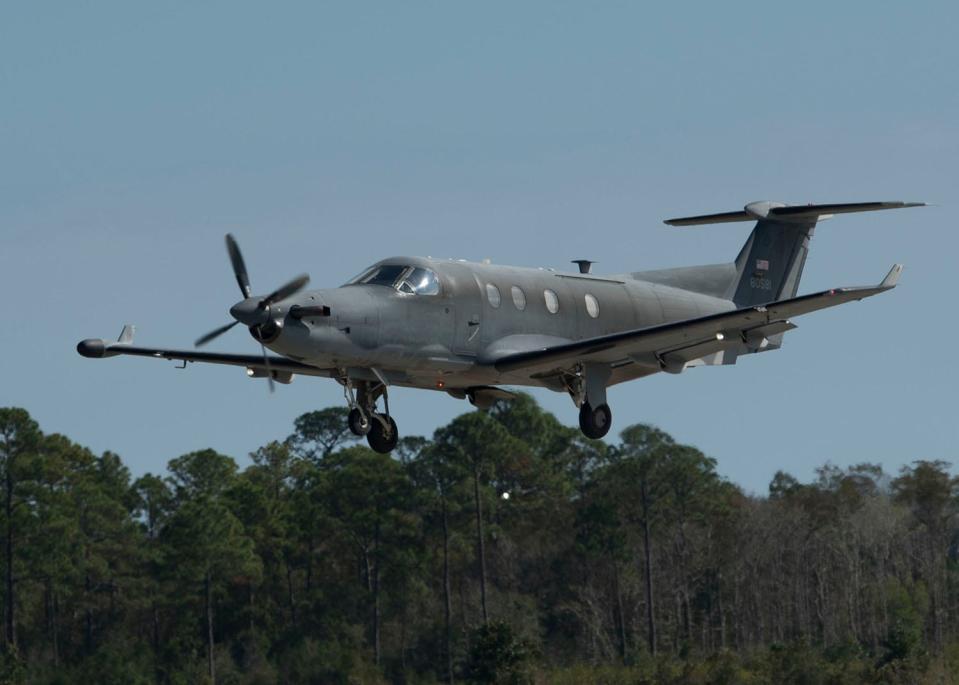Hurlburt AFSOC officers work with allied nations during U.S. training exercise
HURLBURT FIELD — Air Force Special Operations Command recently sent airmen with the installation's the 73rd Special Operations Squadron to joint multinational interoperability training at the Army's Muscatatuck Urban Training Center in Indiana.
A significant part of the training in the Bold Quest 21.2 exercise comprised working with allied partners and nations to coordinate aircraft coverage during their simulated combat scenarios. In order to do that effectively, there were liaison officers identified to work directly with those allied nations.
Also of interest:National defense budget includes $166M for AFSOC aircraft, with a few strings attached
Related:On the road: AFSOC helps land aircraft on highway, making history
“I’m here to build relationships between AFSOC and individuals who aren’t familiar with the weapon systems we employ,” said Air Force 1st Lt. Will Bachmann, a pilot and liaison officer with the 73rd SOS.
An aircrew and liaison officer with a U-28 Draco aircraft, used for intelligence, surveillance and reconnaissance missions, assisted with the simulated mission.
“As we expand outside of our normal bubble, it’s important that we start to look and understand a literal world of challenges that other people are facing and how we can provide our aircraft effects to help them with their challenges,” said Air Force Capt. Jacob McDonald, a weapons officer and liaison officer with the 310th SOS.
With over 20 nations and service members from all branches of the Department of Defense, the training goal was to interact, communicate and learn from each other.
“Working with so many different partners has been eye-opening,” McDonald said. “We have an opportunity to understand the global challenges others are facing, and we can take that and start thinking about how we can layer in our effects to mitigate or eliminate those challenges.
“This has been a positive experience seeing everyone work through the technical and functional challenges," he added. "I expect we all will walk away with an appreciation for the different ways each nation tackles objectives.”

Service members with the 56th Special Operations Intelligence Squadron were there to support the 310th Special Operations Squadron, headquartered at New Mexico's Cannon Air Force Base, during the mission planning phase.
“As an intel analyst, we are trying to demonstrate our ability to provide effects for partner nations and step outside our normal operations,” said Air Force Senior Airman Jabara Williams, an intelligence analyst with the 56th SOIS. “Our crew flew a sortie to test out equipment and get wrinkles ironed out prior to the actual support.”
On top of providing initial briefs, the intel analysts were connected to the aircrew networks and individuals on the ground before, during and after sorties.
“We conducted all-source intelligence analysis, and then we packaged for the aircrew for their mission planning,” said Air Force Staff Sgt. Cheryl Cortemeglia, an intelligence analyst with the 56th SOIS. “Then we provided an ongoing mission following while they fly, which allowed us to communicate with them real-time during the sorties.”
McDonald finished by saying that although there was an initial challenge of people not knowing the U-28 capabilities, as they moved forward they overcame many challenges and successfully demonstrated interoperability.
This article originally appeared on Northwest Florida Daily News: Hurlburt Field AFSOC officers work with allied nations during training

